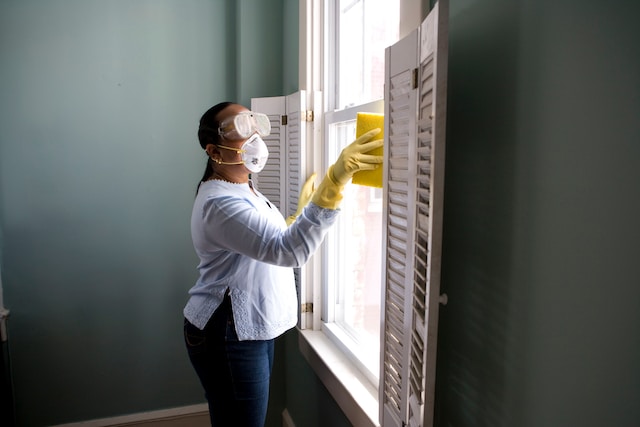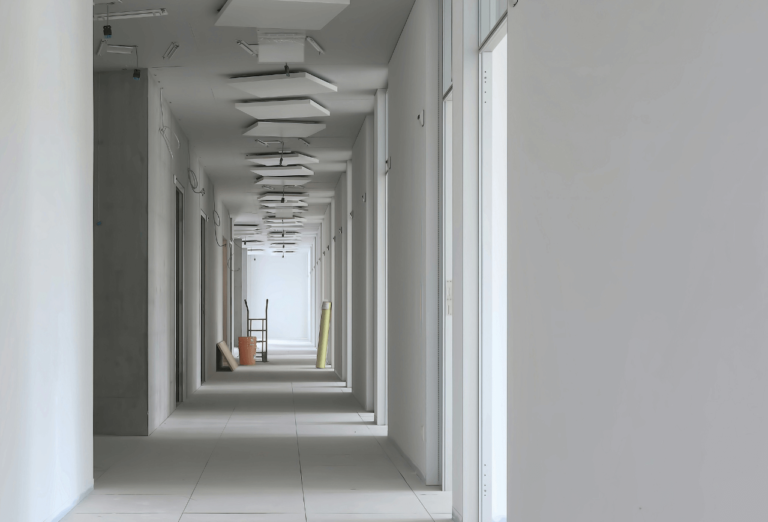Oregon is renowned for its misty forests, charming coastline, and dramatic scenery, but all this precipitation comes at a cost: water damage is concerningly common throughout the state, even in those areas away from the Pacific Ocean. From creeping damp spots in foundations to catastrophic flooding, there are numerous types of damage that can occur in your home or business, and it’s essential that you understand how prevalent it is – and who you should call for help. Today, we’ll examine XX statistics that underscore the severity of water damage throughout Oregon, including the numerous types of issues you may face due to Redwood State’s rainy nature.
1. Oregonians lost over $6 million due to water damages in just five years
Oregon’s Department of Land Conservation and Management states that between 2013 and 2017, there were 400 flood insurance claims submitted to the National Flood Insurance Program, totaling a stunning $6,780,211 in overall damages. It’s important to note that this is just the national program, which means that other homeowners and business owners may have submitted claims to their own insurance companies for water damage.
2. A huge swathe of Oregon is highly prone to flooding
According to the Federal Emergency Management Administration, 258 cities and counties throughout the state are in flood-prone areas, including all along the Pacific coast, near the largest rivers and their tributaries, and in mountain valleys along the Cascades. Some of Oregon’s largest cities, including Portland, are right in the danger area for flooding, meaning that much of the state’s population could wake up one stormy morning to find their basement or first floor floating. It’s quite chilling, especially when you consider that sea levels have risen almost two millimeters over the past century, and the Oregon coastline is eroding at a shocking rate of three feet per year.
3. Just one severe storm can destroy dozens of homes and flood many others
To give you an example of just how common water damage is in Oregon, a single storm in December 2022 caused dozens of homes to flood across both Oregon and neighboring Washington, with 30-foot storm surges across the coastline crashing inland. Homeowners were bailing out their homes with buckets and even kayaking through the streets.
In a particularly shocking anecdote, one resident in Seattle experienced flooding all the way up to the doorknob of the first floor, requiring the woman and her family to escape through a window before fleeing to a vehicle parked on higher ground.
These homes were simply the hardest hit across the two states, but many others experienced some form of water damage, whether that was simply a wet basement or several inches of dirty, contaminated flood water creeping into their houses. No amount of flooding is safe, and even a little precipitation should be considered a serious issue that requires water damage remediation, as it can easily lead to mold or dangerous electrical faults.
4. Almost a quarter of all properties in Oregon are in danger of severe flooding in the near future
According to Risk Factor, a free online tool by the nonprofit First Street Foundation, there are 298,897 properties in the state that have a 1-in-4 chance of being severely affected by flooding within the next 30 years. This means that 23% of all properties within Oregon might be impacted by these extreme weather events – and that number will only grow as severe weather grows more common thanks to climate change.
Thankfully, many properties are now protected by adaptive measures, which help to mitigate the risk of severe flood damage. This includes both city and county-wide measures, such as levees and floodwalls, and individual measures, like floodproofing their properties and taking out flood insurance.
It’s important to note that most homeowners insurance does not cover floods, which is why you need specialized insurance for water damage. Should you be in the unfortunate circumstances of using it, your water damage restoration company will bill directly to the insurance, which can save you thousands of dollars in out-of-pocket expenses.
5. Your home may still be endangered even if you live outside of high-risk flood zones
You may think that if you don’t live near one of Oregon’s large rivers or by the ocean, you’re safe from severe flooding, but this can be a costly mistake: the Oregon Division of Financial Regulation notes that over 20% of water damage insurance claims come from outside of high-risk flood-prone areas, including in the interior of the state. This often occurs in windward valleys beside mountains, where plentiful snowfall trickles down and causes flooding in homes nearby.
Given that even one inch of water can cause over $25,000 in damages, you’re better off purchasing flood insurance no matter where you live in the state. This ensures that should you experience water damage, you can bill the services of the remediation experts to your insurance, allowing you to focus on getting your home back into good shape.
The average homeowner spends about $970 in flood insurance per year in Oregon: a small price to pay when considering how much it would cost out of pocket to restore your home should you experience flooding.
While you can’t always prevent flooding, you can get help by contacting experienced water damage remediation experts like PacWest Restoration
No matter where you live in Oregon, flooding is a distinct possibility thanks to its plentiful rivers, many mountains, and location on the Pacific coastline. Given that extreme weather events are becoming ever more common, even if you do not live in an area historically known for flooding, you may still find yourself bailing out buckets of water from your basement or scrambling to protect precious belongings that are in danger of being destroyed. As such, it’s essential that you know who to call if you find your home infiltrated by water: a trusty restoration company that can get your home safe and sanitized in no time.



